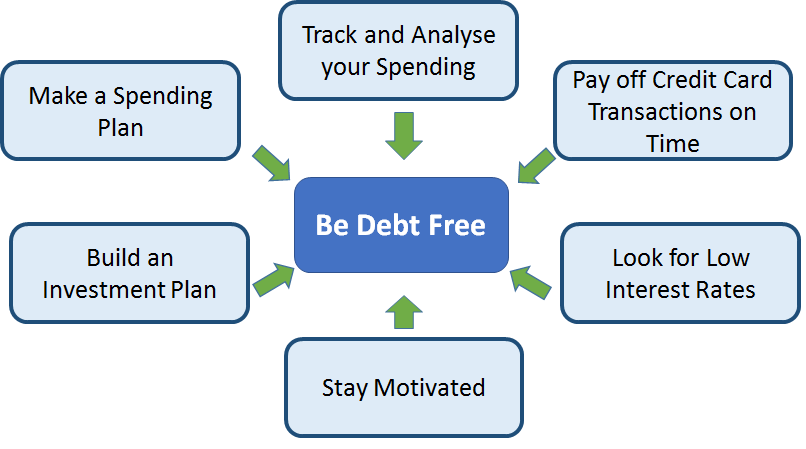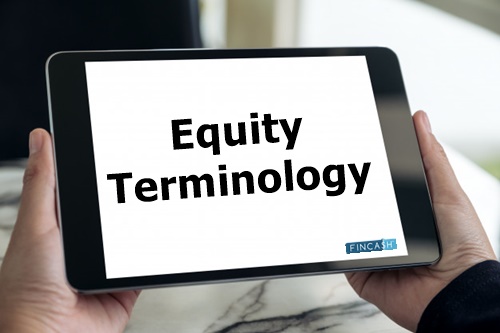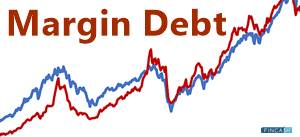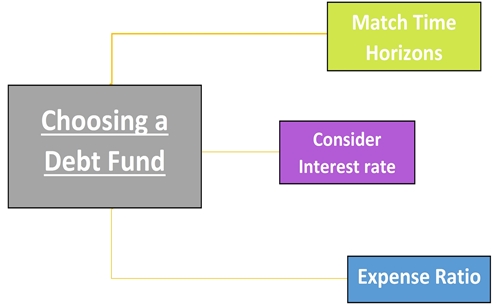Debt Terminology
By Fincash
It is always helpful to have a solid glossary at your fingertips for a quick clarification on a particular term. The glossary is also a way to expand your overall debt investment vocabulary.

1. Time Value of Money
The time value of money (TVM) is the concept that money available at the present time is worth more than the identical sum in the future due to its potential earning capacity. This core principle of finance holds that, provided money can earn interest, any amount of money is worth more the sooner it is received. TVM is also sometimes referred to as present discounted value.
2. Required Yield
required yield is the return a bond must offer in order for the investment to be worthwhile. Required yield is set by the Market and it sets the precedent for how current bond issues will be priced.
3. Term To Maturity
term to maturity refers to the remaining life of a debt instrument. With Bonds, term to maturity is the time between when the bond is issued and when it matures, known as its maturity date, at which time the issuer must redeem the bond by paying the principal or Face Value. Between the issue date and maturity date, the bond issuer will make coupon payments to the bondholder.
4. Yield To Maturity
Yield to maturity (ytm) is the Total Return anticipated on a bond if the bond is held until it matures. Yield to maturity is considered a long-term bond yield, but is expressed as an annual rate. In other words, it is the internal rate of return (irr) of an investment in a bond if the investor holds the bond until maturity and if all payments are made as scheduled.
5. Par Value
par value is the face value of a bond. Par value is important for a bond or fixed-Income instrument because it determines its maturity value as well as the dollar value of coupon payments. Par value for a bond is typically Rs. 1,000 or Rs. 100. The market price of a bond may be above or below par, depending on factors such as the level of interest rates and the bond’s credit status.
6. Discount Bond
A discount bond is a bond that is issued for less than its par (or face) value, or a bond currently trading for less than its par value in the secondary market. discount Bonds are similar to zero-coupon bonds, which are also sold at a discount, but the difference is that the latter does not pay interest.
7. At Par
at par, commonly used with Bonds but is also used with preferred stock or other debt obligations, indicates that the security is trading at its face value or par value. The par value is a static value, unlike market value, which can fluctuate on a daily Basis. The par value is determined upon issuance of the security.
8. Bond Yield
Bond yield is the amount of return an investor realizes on a bond. Several types of bond yields exist, including nominal yield, which is the interest paid divided by the face value of the bond, and current yield, which equals annual Earnings of the bond divided by its current market price. Additionally, required yield refers to the amount of yield a bond issuer must offer to attract investors.
Talk to our investment specialist
9. Coupon Rate
A coupon rate is the yield paid by a Fixed-Income Security; a fixed-income security's coupon rate is simply just the annual coupon payments paid by the issuer relative to the bond's face or par value. The coupon rate is the yield the bond paid on its issue date. This yield changes as the value of the bond changes, thus giving the bond's yield to maturity.
10. Current Yield
Current yield is an investment's annual income (interest or dividends) divided by the current price of the security. This measure looks at the current price of a bond instead of its face value. Current yield represents the return an investor would expect if the owner purchased the bond and held it for a year, but current yield is not the actual return an investor receives if he holds a bond until maturity.
11. Discount Bond
A discount bond is a bond that is issued for less than its par (or face) value, or a bond currently trading for less than its par value in the secondary market. Discount Bonds are similar to zero-coupon bonds, which are also sold at a discount, but the difference is that the latter does not pay interest.
12. Commercial Paper
Commercial papers are usually known as promissory notes which are unsecured and are generally issued by companies and financial institutions, at a discounted rate from their face value. The fixed maturity for commercial papers is 1 to 270 days. The purposes for which they are issued are - for inventory financing, accounts Receivables, and settling short-term liabilities or loans. Commercial Paper was first issued in the year 1990 in India as a short-term instrument.
13. Certificate Of Deposit
A Certificate of Deposit (CD) is a relatively low-risk debt instrument purchased directly through a commercial Bank or savings and loan institution. It is a savings certificate with a fixed maturity date, specified Fixed Interest Rate. It can be issued in any denomination aside from minimum investment requirements. CD restricts holders from withdrawing funds until the maturity date of the investment.
14. Treasury Bill
Treasury Bills are the short-term money market instrument, issued by the central bank on behalf of the government to curb temporary liquidity shortfalls. Treasury bills also known as T-bills, have a maximum maturity of a 364 days. Hence, they are categorized as money market instruments. Treasury bills are usually held by financial institutions including banks. T-bills have a very important role in the financial market beyond investment instruments. Banks give treasury bills to the Reserve Bank of India (RBI) to get money under repo.
All efforts have been made to ensure the information provided here is accurate. However, no guarantees are made regarding correctness of data. Please verify with scheme information document before making any investment.












